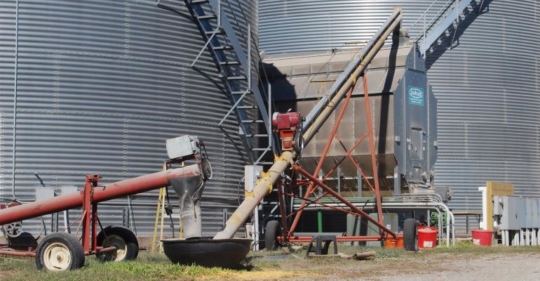Explore our blog featuring articles about farming and irrigation tips and tricks!
Dealing With Corn Quality Concerns

By: Rod Swoboda 1
With rain delays and a slow start for harvest this fall, a number of cornfields in Iowa developed ear rots and kernel molds. In addition to too much rain, moderately warm temperatures encouraged mold growth. Also, while waiting to be harvested, many soybean fields developed quality problems.
“It’s important to scout each cornfield and identify ear molds that may be present prior to harvesting the field,” advises Alison Robertson, Iowa State University Extension plant pathologist. “Proper identification of ear molds can help determine grain handling risks and help you develop a plan to limit the impact of the mold on other grain. You want to isolate the grain that has the mold, so it doesn’t contaminate other grain in storage.”
Consult your grain merchandiser to find marketing opportunities for moldy grain, and limit the amount of time it is kept in storage.
What can you do about mold on corn?
“Before harvesting these fields, it’s important to first look at some ears in various locations in each field,” says Robertson. “Identify what kind of mold is out there, if any, to help you determine if there may be a toxin problem.”
Stay up to date on all T-L news and get alerts on special pricing!


